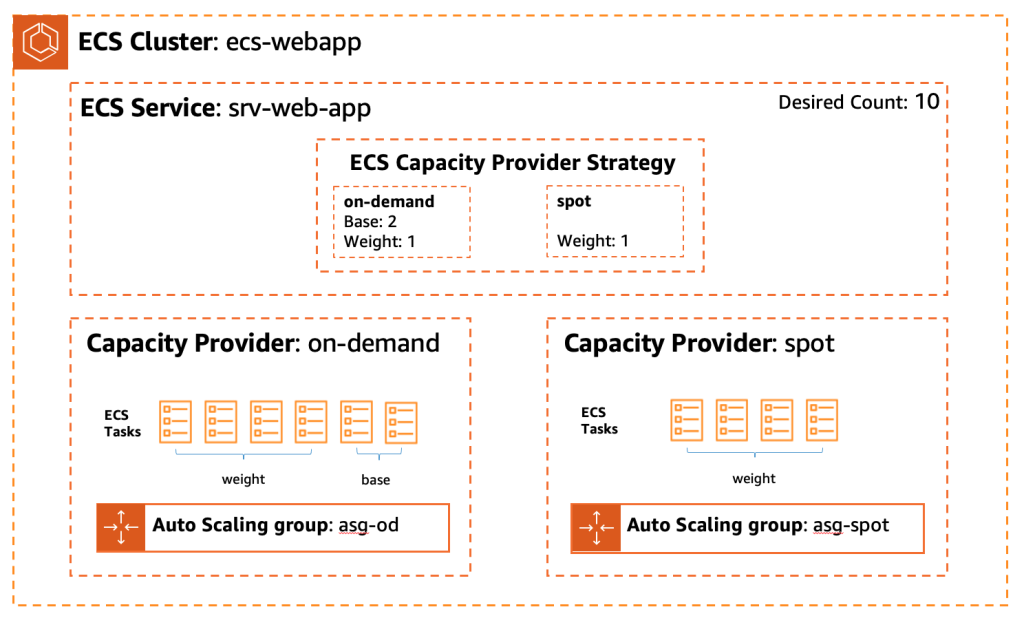Containers
Save the date: Container Day + KubeCon
The AWS Kubernetes team is back for AWS Container Days at KubeCon + CloudNativeCon Europe 2022. In the days leading up to KubeCon, join the AWS Kubernetes team and guest speakers for technical deep dives, product demos, and best practices that will help you deploy, manage, and scale containerized applications using Kubernetes on AWS. If […]
Save the date: AWS Containers events in May
The AWS Containers team has been busy since we’ve seen you last at re:Invent 2021! We’re excited to bring you two free online events in May to share the latest and greatest on Containers at AWS. AWS Container Day @ KubeCon + CloudNativeCon Europe is happening May 10th-13th & 17th, 1700 – 1900 CEST. This […]
Addressing latency and data transfer costs on EKS using Istio
Data transfer charges are often overlooked when operating Amazon Elastic Kubernetes Service (Amazon EKS) clusters; understanding these charges would help reduce cost while operating your workload on Amazon EKS at production scale. Common scenarios for data transfer charges on EKS Understanding general data transfer charges on AWS will help you better understand the EKS networking […]
How to run a Multi-AZ stateful application on EKS with AWS FSx for NetApp ONTAP
Amazon Elastic Kubernetes Service (Amazon EKS) is a fully managed service that makes it easy for you to run Kubernetes on AWS without needing to install, operate, and maintain your own Kubernetes control plane or nodes. Organizations often run a mix of stateless and stateful applications on a Kubernetes cluster. When it comes to stateful applications, […]
Metrics and traces collection using Amazon EKS add-ons for AWS Distro for OpenTelemetry
Introduction Amazon Elastic Kubernetes Service (Amazon EKS) is a managed service that offloads from its users the onerous task of managing the Kubernetes control plane. It gives users the flexibility to install tools they need to manage their application workloads on the data plane. However, many customers want us to manage some of these tools […]
Bootstrapping clusters with EKS Blueprints
Today, we are introducing a new open-source project called EKS Blueprints that makes it easier and faster for you to adopt Amazon Elastic Kubernetes Service (Amazon EKS). EKS Blueprints is a collection of Infrastructure as Code (IaC) modules that will help you configure and deploy consistent, batteries-included EKS clusters across accounts and regions. You can […]
Shipping logs to third-parties with Kinesis Data Firehose and Fluent Bit for Amazon EKS on AWS Fargate
AWS Fargate is a technology that provides on-demand capacity for running pods on EKS clusters. Fargate provides a more hands-off experience, helping you run container applications without needing to manage the EC2 instances underneath. AWS Fargate runs each Kubernetes pod in its own isolated security boundary. This means it has a slightly different operating model […]
Under the hood: Amazon Elastic Container Service and AWS Fargate increase task launch rates
Since 2015, hundreds of thousands of developers have chosen Amazon Elastic Container Service (Amazon ECS) as their orchestration service for cluster management. Developers trust Amazon ECS with the lifecycle of their mission-critical applications, from initial deployment to rolling out new versions of their code and autoscaling in response to changing traffic levels. Alongside these long-lived application tasks, Amazon […]
Tracing an AWS App Runner service using AWS X-Ray with OpenTelemetry
Introduction AWS App Runner is a fully managed service that developers can use to quickly deploy containerized web applications and APIs at scale with little to no infrastructure experience. You can start with source code or a container image. App Runner will fully manage all infrastructure, including servers, networking, and load balancing, for your application. App […]
Optimize cost for container workloads with ECS capacity providers and EC2 Spot Instances
Amazon EC2 Spot Instances use spare Amazon Elastic Compute Cloud (Amazon EC2) capacity at up to a 90% discount compared to On-Demand prices. Amazon EC2 can interrupt Spot Instances with a two-minute notification when EC2 needs the capacity back. Spot Instances are an ideal option for applications that are stateless, fault-tolerant, scalable, and flexible, such as big data, […]









